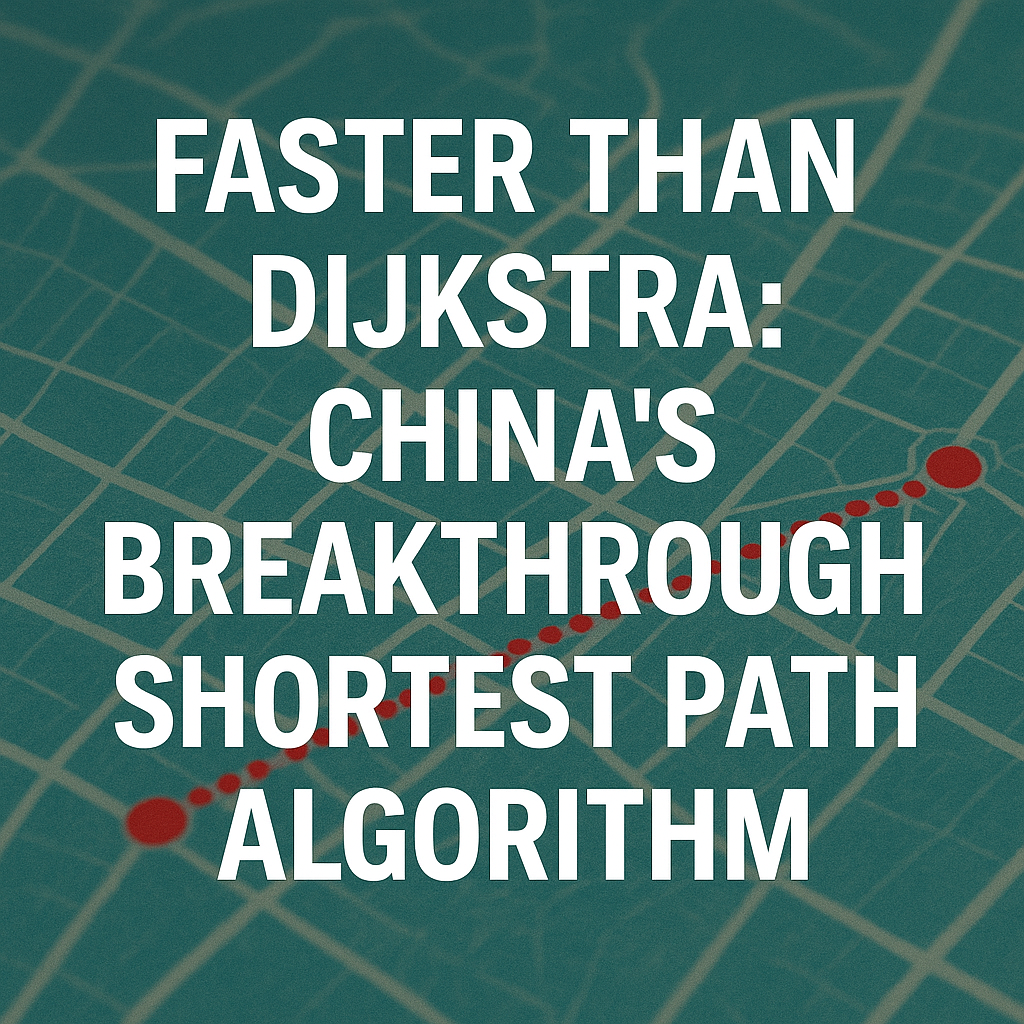The Dijkstra Dilemma: Sorting Bottleneck
Dijkstra's algorithm, introduced in 1956, transformed how we determine the shortest route in a graph. It methodically investigates nodes, revising the shortest identified routes. Nonetheless, the algorithm's dependence on sorting tasks particularly, upholding a priority queue results in a time complexity of O(n log n), which acts as a constraint in extensive networks.
Duan Ran's Breakthrough: A Sorting-Free Approach
Professor Duan Ran and his research group at Tsinghua University have created an innovative technique that removes the requirement for sorting in shortest path calculations. Their method emphasizes combining neighboring nodes into clusters and handling them in a manner that eliminates the need for the sorting step entirely. This advancement results in a more effective algorithm, particularly in dense graphs.
Why It Matters
This new algorithm has significant implications:
- Enhanced Efficiency: By bypassing sorting, the algorithm reduces computational overhead, leading to faster processing times.
- Scalability: It can handle larger and more complex networks, making it suitable for modern applications.
- Practical Applications: The algorithm's efficiency makes it ideal for systems like GPS navigation, network routing, and robotics.
Recognition and Future Prospects
The importance of this progress was acknowledged at the Symposium on Theory of Computing (STOC) 2025, where Duan Ran's paper was awarded Best Paper. This recognition highlights the algorithm's ability to transform the approach to shortest path problems in computer science.
Access the Research Paper
For a detailed understanding of the algorithm and its development, you can read the full research paper here:
https://arxiv.org/abs/2504.17033

